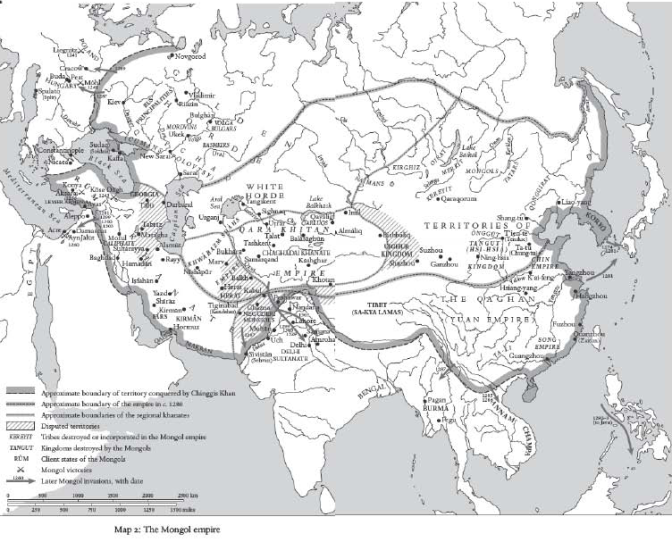Below are suggested examples of Multiple Renaissances worth further exploration by students of world history:
Fatimid Egypt - Art and Science
Medieval Spain: The Experience of Toleration and Cosmopolitanism amid Fractious Politics of the Taifa Principalities
The Italian Renaissance and its Legacy
Northern Renaissance and The English Renaissance
For the Northern Renaissance and its aftermath, an especially instructive guide to interpretation are the paintings of the Flemish painters, Pieter Brueghel the Elder (1525-1569) and his sons Pieter Brueghel the Younger (1565-1636) and Jan Brueghel (1568-1625).
1. http://www.pieter-bruegel.com/ (In French, but has excellent notations on the parable paintings)
2. We'll examine Les Proverbes Flamands (1559) [Flemish Proverbs / Netherlandish Proverbs].
http://www.pieter-bruegel.com/proverbe/explication.htm
There is also a site that shows and highlights selected proverbs from the painting.
Columbia University guide to the painting
The Dutch Republic of the Early Modern Period
The German Enlightenment - the age of Goethe, Schiller, Kant, public education
The Ottoman Renaissances in Early Modern History
Late Tokugawa Japan and Cultural Transformations
Chinese Renaissance of the Song Dynasty (960-1276)
Tudor England.
Chronology of Tudor England from the BBC
Isaac Newton goes digital
Newton Project
Newton's prism experiment
Giombattista Vico
Portal to the texts of Vico
•Rise
of coal in the United Kingdom http://www.makingthemodernworld.org.uk/learning_modules/history/02.TU.02/?section=7
•Making
the Modern World http://www.makingthemodernworld.org.uk/learning_modules/history/02.TU.02/?section=7
•Coal
Mining History Centre http://www.cmhrc.co.uk/site/literature/royalcommissionreports/index.html
UK Data Archive for social and economic history
UK Data Archive for social and economic history
•St.
Paul’s Cathedral Website
•Panorama
•General
Panoramas of London
•
•Panoramic
Earth

No comments:
Post a Comment